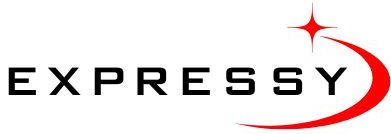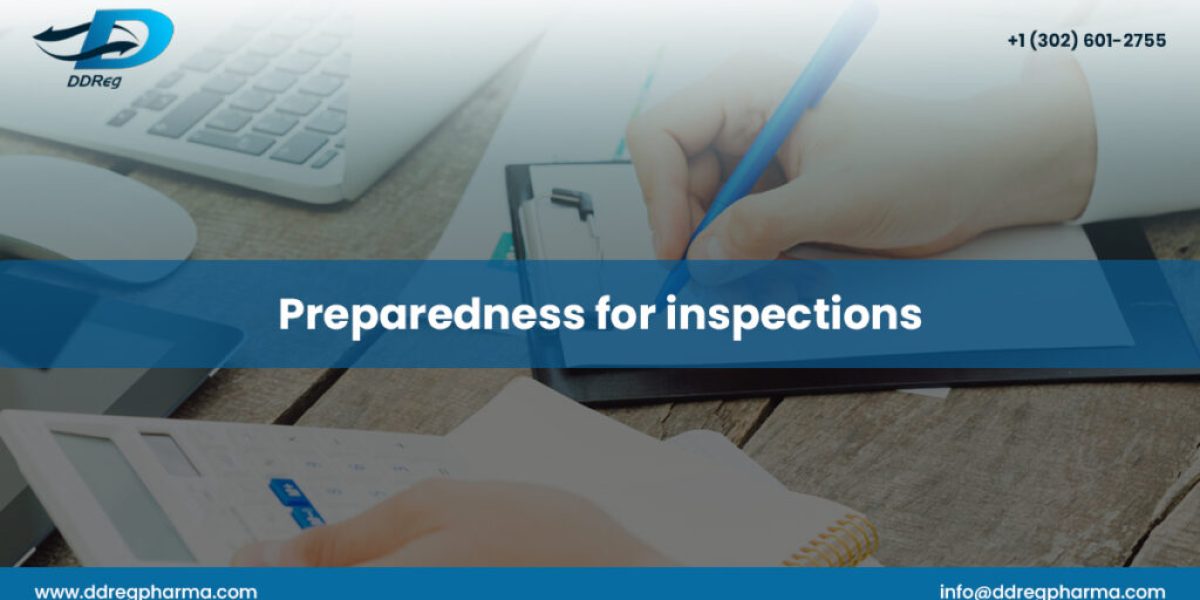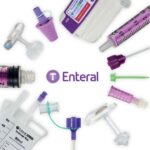Regulatory authorities worldwide carry out pharmacovigilance (PV) inspections to ensure that marketing authorization holders (MAHs) and their partners comply with all applicable PV regulations, obligations, and standards. These inspections assess both products and operational processes. National competent authorities appoint inspectors to perform these evaluations, which may be either announced or unannounced. In the case of announced inspections, authorities notify MAHs and related organizations of the inspection schedule in advance.
The primary objectives of PV audit inspections are to confirm that MAHs’ systems, infrastructure, and processes meet regulatory requirements, and to detect any instances of non-compliance that could potentially endanger patient safety. When non-compliance is identified, corrective measures must be taken to mitigate risks.
Types of Pharmacovigilance Inspections:
- System-based pharmacovigilance inspections
- Product-specific pharmacovigilance inspections
- Routine inspections
- For-cause inspections
- Pre-authorization inspections
- Announced and unannounced inspections
Key Focus Areas During PV Inspections:
- The overall pharmacovigilance system and its quality management components
- Training records and proper document archiving
- Management of individual case safety reports (ICSRs)
- Timely preparation of periodic safety update reports (PSURs) and compliance with risk management plans (RMPs)
- Monitoring adverse event data from clinical and non-clinical studies (if applicable)
- Signal detection and implementation of risk mitigation strategies
- Archiving practices and implementation of electronic signatures
- Existence and adherence to safety agreements with third parties conducting PV activities on behalf of the organization
- Data security measures and backup protocols
- Database validation procedures
Inspection Readiness with DDReg:
At DDReg, our Pharmacovigilance department is well-versed in preparing for regulatory inspections. We ensure that all relevant documentation, systems, and processes align with current standards and regulatory expectations. Our support includes:
- Ensuring technical agreements are properly signed, filed, and readily accessible
- Keeping training records on Standard Operating Procedures (SOPs) up to date
- Proper archiving of essential documents
- Assessing the PV Quality System in accordance with Quality Management System (QMS) guidelines
- Compiling audit-related documentation
- Offering end-to-end support during PV audits and inspections
- Assisting with Corrective and Preventive Actions (CAPA) and audit report management
Common Challenges Identified During Pharmacovigilance Inspections
1. Risk Management:
- The Marketing Authorization Holder (MAH) lacked sufficient documentation demonstrating the implementation of additional risk minimization measures (aRMMs).
- There was inadequate oversight and monitoring by the EU Qualified Person for Pharmacovigilance (EU QPPV Services) to ensure compliance with commitments outlined in the Risk Management Plan (RMP).
- Failures were reported in implementing an electronic risk management system required by certain marketing authorization conditions, leading to the submission of inaccurate reports to the MHRA regarding the effectiveness and compliance with aRMMs.
2. Quality Management System (QMS):
- Inspections uncovered widespread deficiencies across critical pharmacovigilance processes.
- The MAH failed to maintain adequate oversight of its pharmacovigilance system, with key elements missing from the Pharmacovigilance System Master File (PSMF), affecting inspection planning and execution.
- Non-compliance across essential PV activities—despite prior awareness by the MAH—constituted a significant breach of regulatory requirements.
3. Ongoing Safety Evaluation:
- The MAH lacked effective systems and procedures for continuous safety monitoring, including signal detection services .
- Identified safety signals from a previous PV service provider were not followed up or evaluated, and there were no maintained records of ongoing safety activities from that provider.
- The MAH failed to meet the deadline for submitting a safety variation application following a PRAC recommendation, demonstrating lapses in regulatory compliance.
4. Cleaning Procedures and Practices:
- The FDA’s Post-Marketing Adverse Drug Experience (PADE) Compliance Program ensures adherence to post-marketing regulatory requirements for products under the Center for Drug Evaluation and Research (CDER).
- Companies are expected to submit accurate, reliable, and timely safety data for regulatory review and safety assessments Like : PV Services in New Zealand.
5. Investigations and Corrective & Preventive Actions (CAPA):
- Issues related to data integrity and the effectiveness of CAPA implementation were observed.
- Standard Operating Procedures (SOPs) and actual practices often lacked alignment, leading to compliance gaps.
6. Regulatory Agency Perspective on Non-Compliance:
- Inadequate management and timely updating of marketing authorization (MA) documentation.
- Poor tracking of variations and regulatory commitments.
- Delayed or insufficient responses to Competent Authorities’ requests for MA variations, including updates to Summary of Product Characteristics (SPC) and Patient Leaflets (PLs).
- Auditing the MAH’s activities and QMS remains a critical aspect of regulatory oversight.
- Emphasis on internal audits, staff training, and professional development is essential to maintain compliance and readiness.
For More Details Read our blog -: https://resource.ddregpharma.com/blogs/preparedness-for-inspections/
To get the daily updates, follow us on:
Facebook — https://www.facebook.com/DDReg
LinkedIn — https://www.linkedin.com/company/ddregpharma/
Twitter — https://x.com/DDRegPharma
Instagram — https://www.instagram.com/ddreg.pharma/












